Tonsils and adenoids are lymphatic tissue found in the back of the nose and throat, an area called the nasopharynx and oropharynx. These structures are part of the immune system and serve as filters of lymph fluid in the head and neck region to filter viruses and bacteria. As such, the tonsils and adenoids are often infected, especially in young children. When these tissues are infected, they swell. The swelling initially goes down. However, after repeated infections, the tissue may remain enlarged. After several throat infections or after noting enlarged tonsils, you doctor may refer you to an ENT specialist to discuss surgical removal of the tonsils and adenoids – tonsillectomy and adenoidectomy.
Tonsillectomy and adenoidectomy (T&A) are some of the most frequent surgical procedures in the United States. Rates of T&A have declined in recent years, with attention to evidence based medicine and restrictions on insurance reimbursement. Yet, the problems that lead to one considering T&A are common. So, the surgery remains a very common procedure.
The reasons to surgically remove your tonsils and/or adenoids include recurrent infection and/or enlargement to the point of obstruction. If a patient has had seven or more episodes of tonsillitis in one year, or three or more infections per year for several years, he/she may qualify for tonsillectomy. Many times, the tonsils and adenoids are enlarged as a result of the repeated infections, so it is not unusual that patients with repeated infection also have symptoms of obstruction. However, some patients may not have recurrent infection, but still have tonsil enlargement due to other inflammatory processes. These patients experience loud snoring, possible obstructive sleep apnea, chronic nasal congestion/obstruction, and perhaps difficulty swallowing. Another common presentation in children is the “picky eater” because the child stops eating foods that do not easily pass by the swollen tonsils. Children will also frequently have nighttime bed wetting (enuresis) as a direct result of sleep-disordered breathing caused by enlarged tonsils and adenoids. One other uncommon reason for tonsillectomy is the condition known as PFAPA syndrome. In this condition, the patient, usual a young child, has periodic high fever at intervals of about 3-5 weeks, aphthous ulcers, pharyngitis and/or adenitis. In between and even during the episodes, the child appears healthy. Tonsillectomy in these children is therapeutic.
Tonsillectomy and adenoidectomy is usually outpatient surgery, except for children under three years of age and other extenuating circumstances. The patient must not eat anything after midnight the night before surgery. The morning of surgery, he/she will be given a mild sedative in preparation for induction of general, endotracheal anesthesia. Once the patient is asleep, an instrument to hold the mouth open is inserted between the teeth. Then the tonsil is grasped and an incision is made along the anterior border of the tonsil. It is dissected away from the muscles underlying the tonsil, using electrical cautery or various other methods to stop any bleeding that ocurs. The adenoid tissue can be removed in various ways. My preferred method is to use a microdebrider to remove tissue, followed by light electrocautery to stop bleeding.
After surgery, you can expect that the patient will have a very sore throat for 10 to 14 days. For children under six, Tylenol and Ibuprofen, usually in alternating doses, is used to control pain. For older children and adults, narcotic pain medicines may be prescribed. The main concern in the postoperative period is that the patients remain well hydrated. Most patients can eat pretty much what they want, but they should avoid hard, crunchy foods like chips, pizza crusts, nuts, etc. Vigorous activity should be restricted for the first two weeks after surgery. The most serious complication that can occur is postoperative bleeding. This occurs in about 2% of patients, anywhere from two to fourteen days after surgery. If the patient spits out more than one tablespoon of blood, the surgeon should be contacted right away. Many times, this type of bleeding resolves without any intervention. However, about 1% of cases require return to the operating room to stop the bleeding.
Overall, tonsillectomy and adenoidectomy is a safe and well tolerated procedure. When done for the proper indications, patients ultimately feel much better and experience a better quality of life. We will be glad to see you to discuss this topic further and see if tonsillectomy is right for you. Call 205-980-2091 to schedule an appointment.



